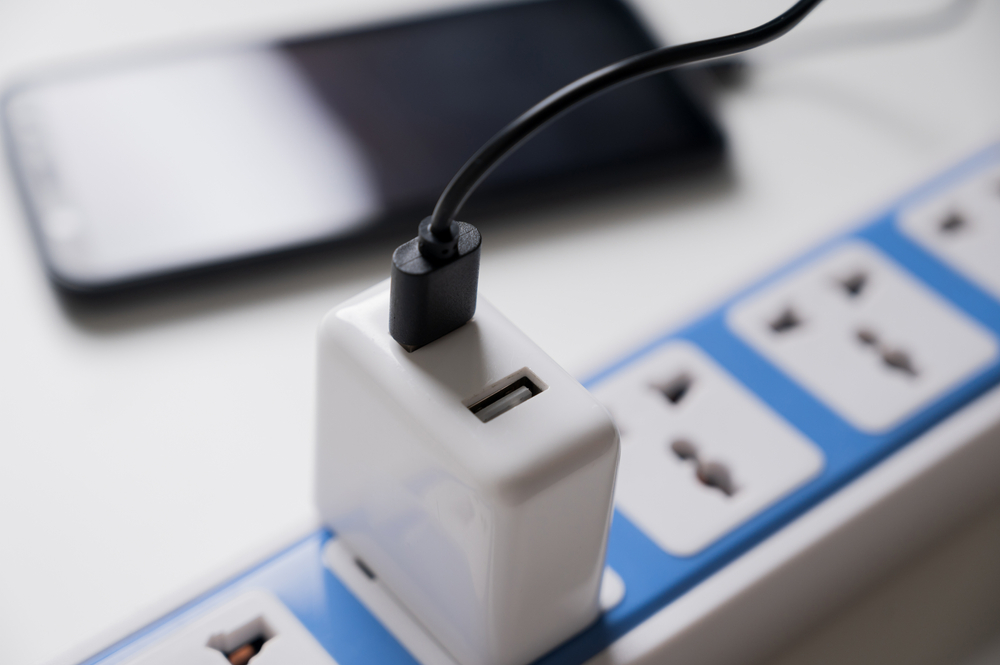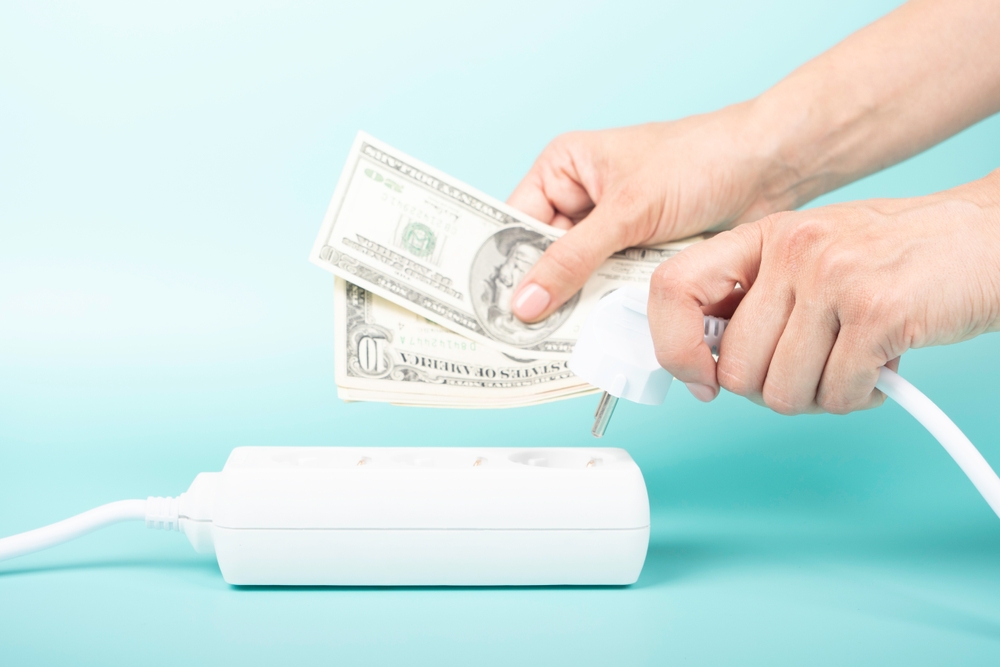Are Smart Power Strips Worth It?
Many people rely on power strips to increase the number of electrical outlets that are available in their home. Traditional power strips may make plugging in multiple electronic devices more convenient, but they aren’t energy efficient.
This is because a traditional power strip will allow the electronic devices that are plugged into it to continue to draw power even when the devices are no longer in use. These “energy vampires,” as they are often called, waste energy and increase your monthly utility bills.
If you want to improve the energy efficiency of your home, you may want to replace your traditional power strips with smart power strips. Are smart power strips worth it? Here’s what you need to know before making this upgrade:
How Do Smart Power Strips Save Energy?
All smart power strips are designed to save energy by cutting off power to devices that are no longer in use. However, the way in which a smart power strip saves energy varies depending on the type of strip. The three main types of smart power strips are:
- Timed Smart Power Strips
- Occupancy Sensing Smart Power Strips
- Current Sensing Smart Power Strips
Timed Smart Power Strips
If you only use your electronic devices during certain hours, you may want to opt for a timed smart power strip. You can program a timed smart power strip to automatically cut power to your electronic devices during certain times of the day. This way, they won’t continue to consume energy when no one is using them.
Occupancy Sensing Smart Power Strips
There are also occupancy sensing smart power strips, which are designed with sensors that can detect movement in the room. If an occupancy sensing smart power strip determines that no one has been in the room for a specific period of time, it will automatically cut off power to the plugged in devices. After all, if no one is in the room, there’s no way that the devices are still in use.

Current Sensing Smart Power Strips
A current sensing smart power strip monitors the electric current flowing to the plugged in electronic devices. If the current drops, this indicates that the electronic device has entered hibernation or standby mode.
Even though the device is no longer in use, it is still consuming energy while in hibernation or standby mode. To prevent this problem, a current sensing smart power strip will automatically cut off power once the current drops.
What Should You Plug Into Smart Power Strips?
You can plug nearly any electronic device into a smart power strip. If you want to maximize your energy savings, it’s best to plug devices that use a lot of energy into your smart power strip. Some of the devices that consume the most energy include:
- TVs
- DVD players
- Desktop computers
- Laptops
- Game consoles
- Speakers
- Printers
It’s important to note you should not plug any device that generates heat into a smart power strip. This includes curling irons, straightening irons, toasters, and coffee makers. You should also avoid plugging large appliances such as refrigerators, freezers, washers, and dryers into a smart power strip. Appliances like these can overload the power strip and create a fire hazard.

What Are the Benefits of Using Smart Power Strips?
There are a number of benefits to using smart power strips instead of traditional power strips, including:
- Save money. Switching to a smart power strip will reduce the amount of energy your electronic devices consume when they’re not in use. It’s estimated that this “standby power consumption” accounts for between 5-10% of your home’s annual energy consumption. In other words, using smart power strips can reduce your annual energy expenses by up to 10%.
- Automation. You won’t need to remember to turn off a device when you’re done using it. If you switch to a smart power strip, it will automatically do this for you.
- Extends the lifespan of devices. Remember, electronic devices that are plugged into traditional power strips will continue to consume energy even when they’re not in use. This constant consumption of energy can wear an electronic device down and shorten its lifespan. By switching to a smart power strip, you can ensure your devices last as long as possible.
- Control. Many smart power strips can be controlled via apps on your smartphone or tablet. This allows you to control what devices are consuming power in your home even when you’re not there.
The bottom line? Smart power strips may cost more than traditional power strips, but they are well worth the extra investment. Using smart power strips can reduce your monthly energy bill, so they will pay for themselves over time.


